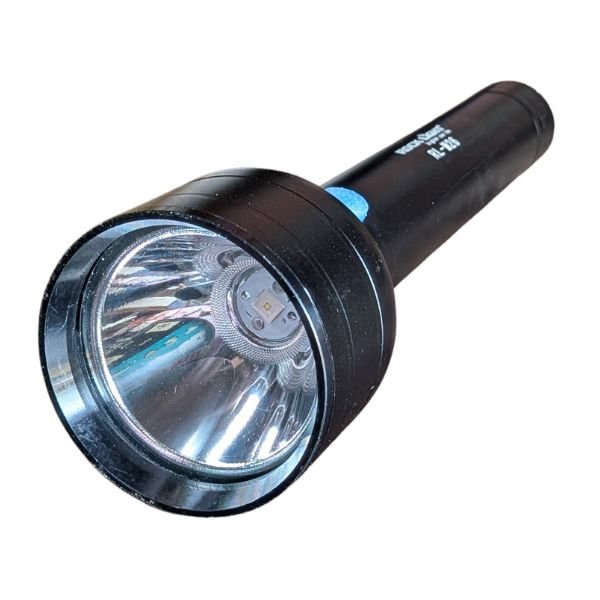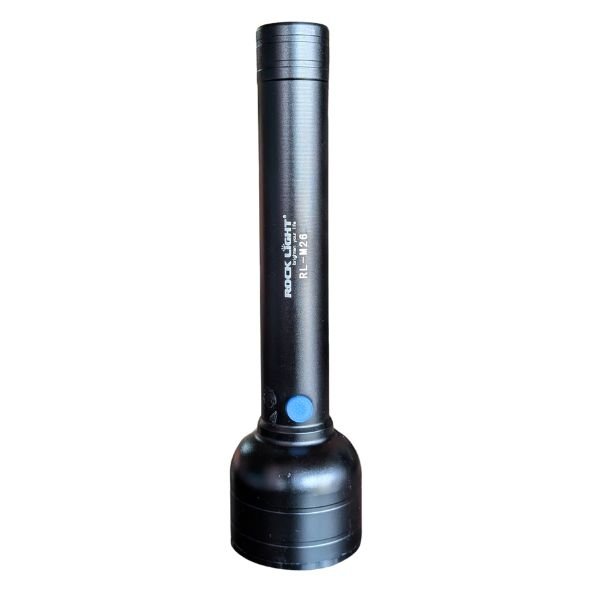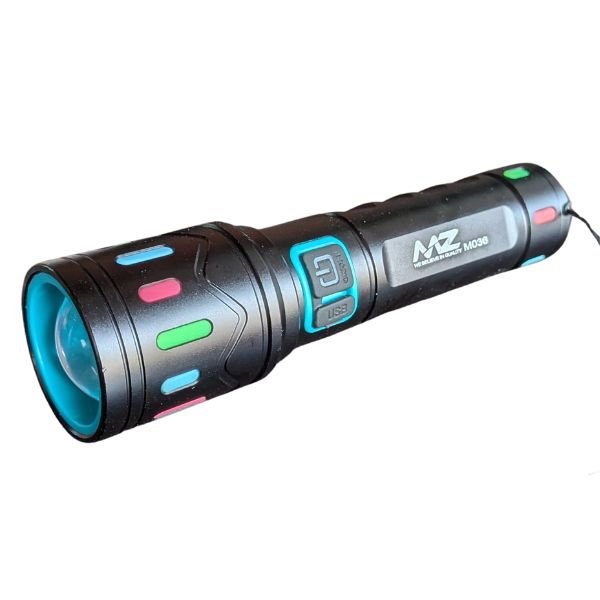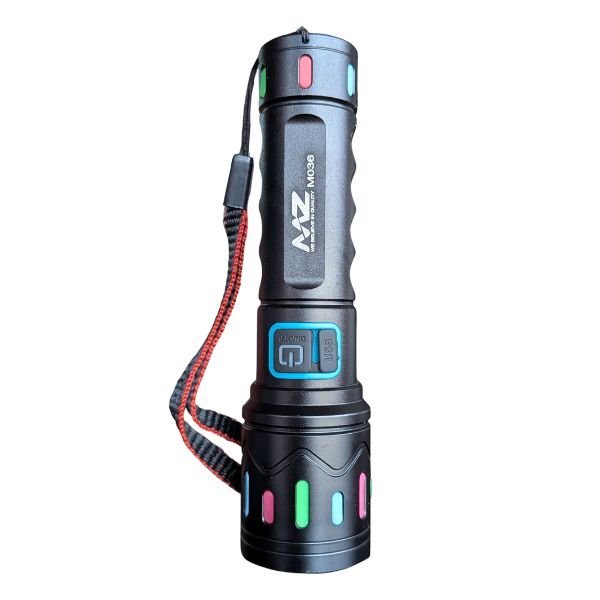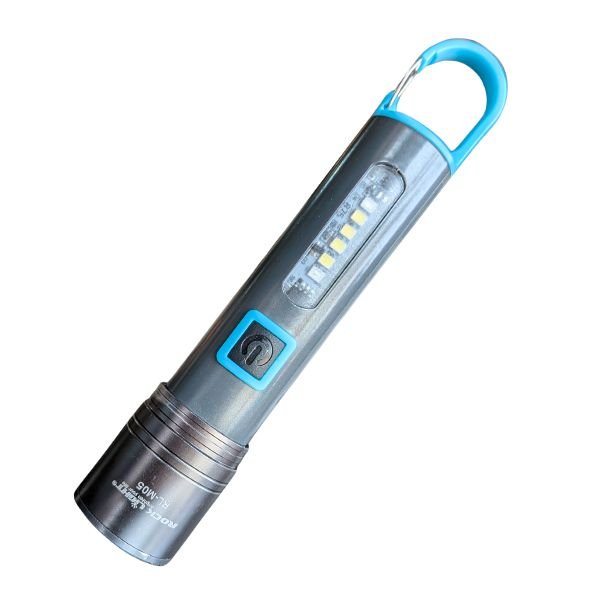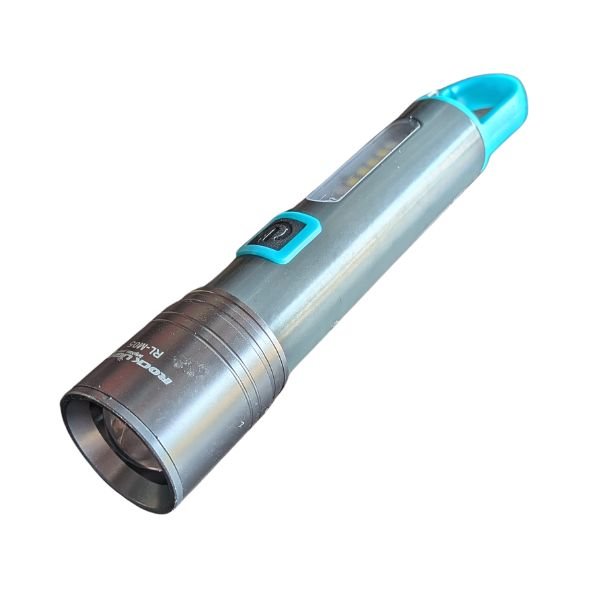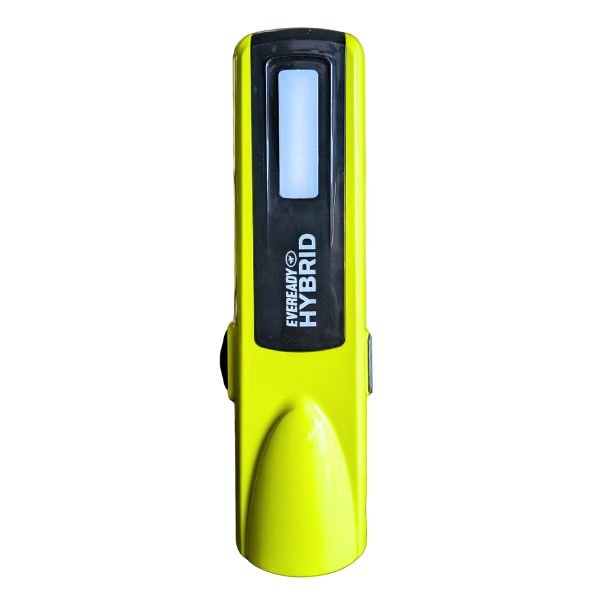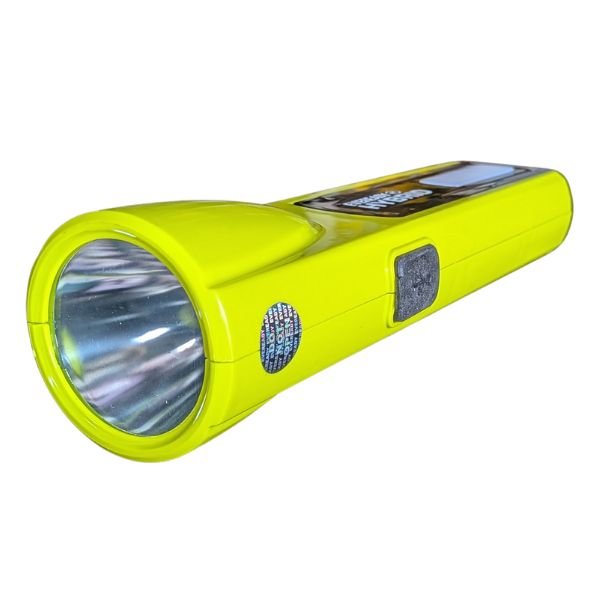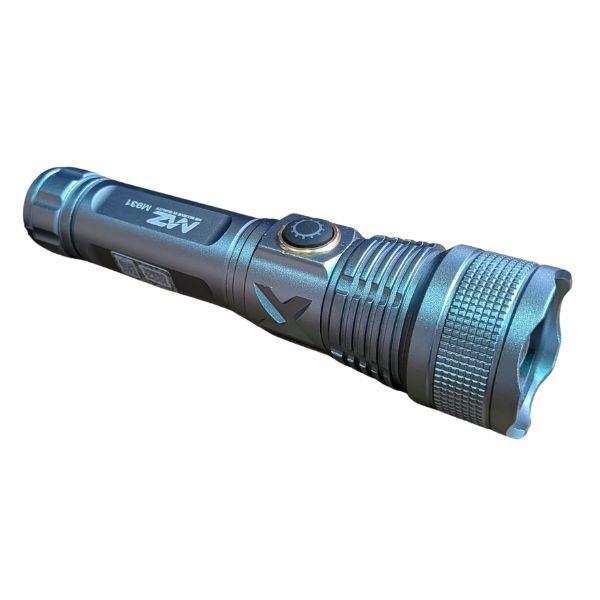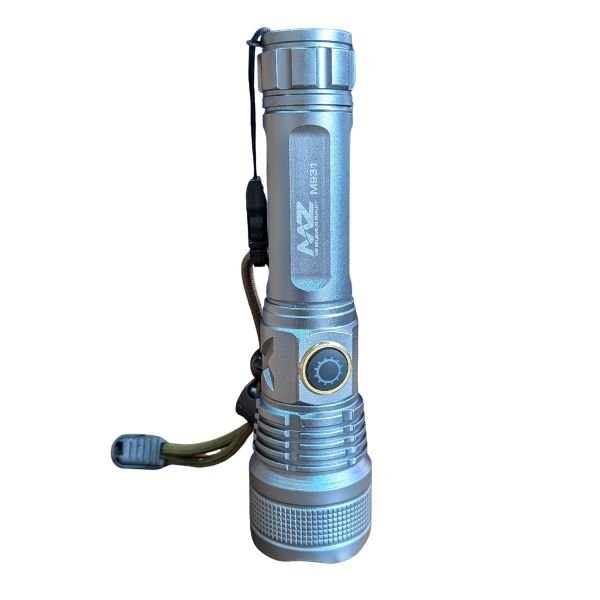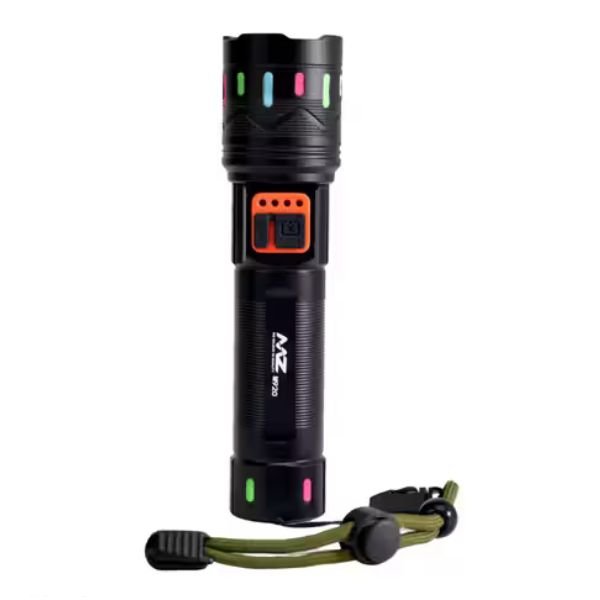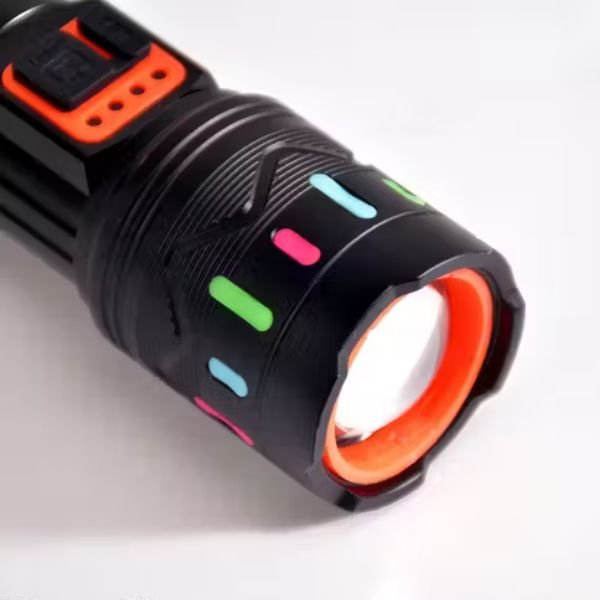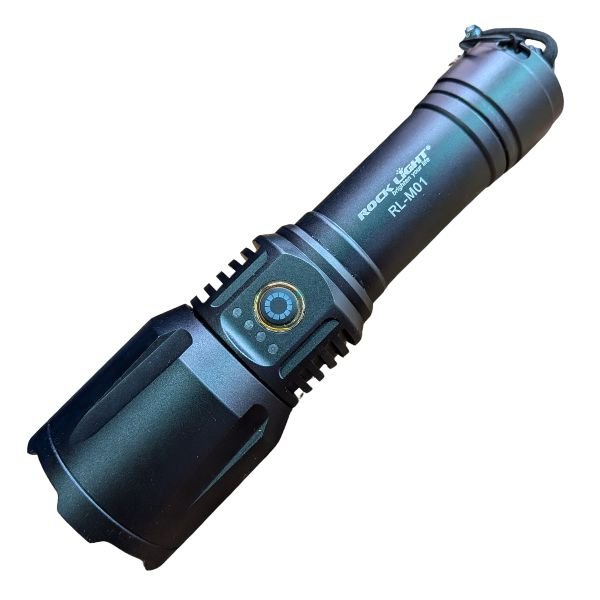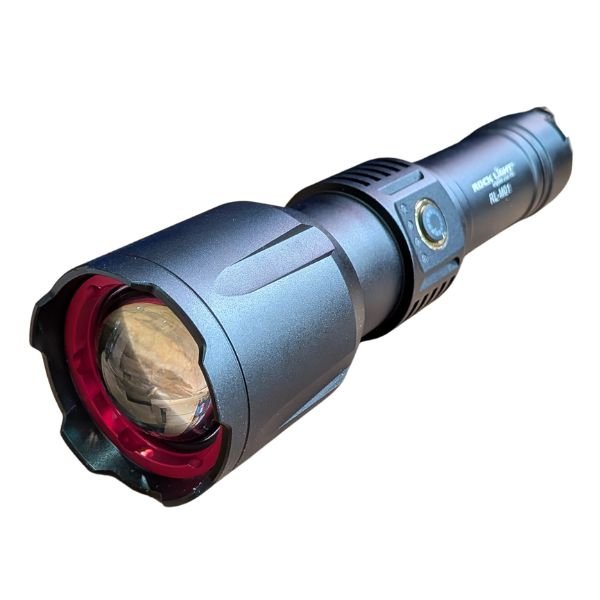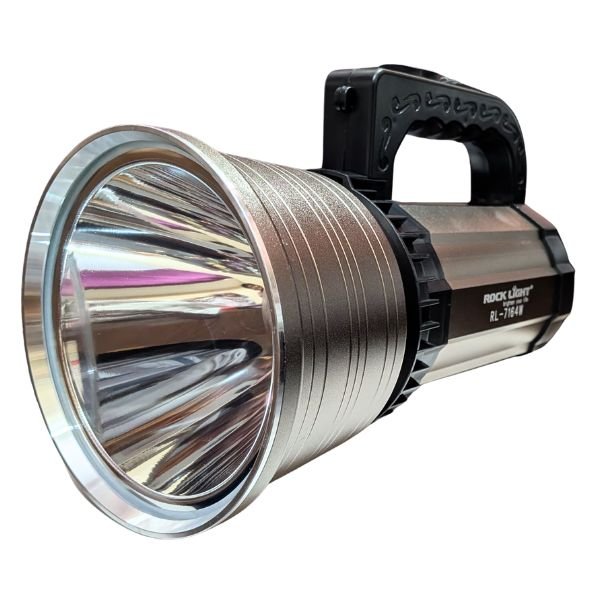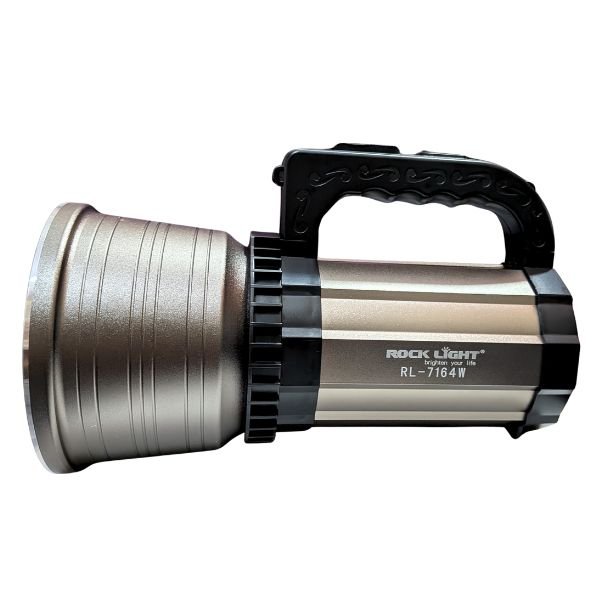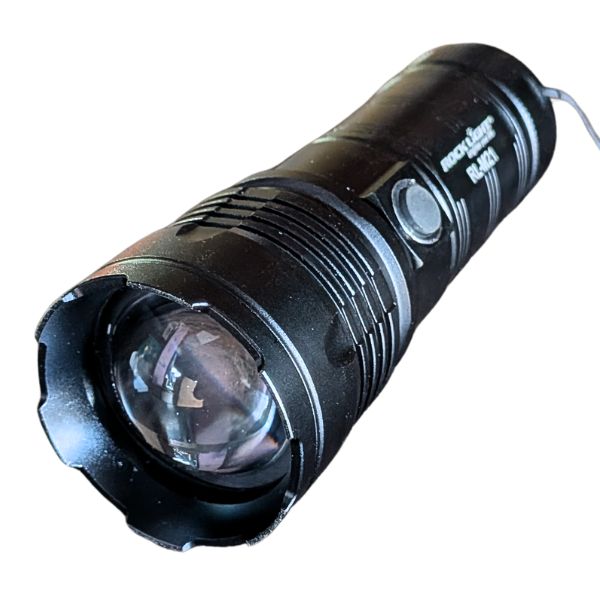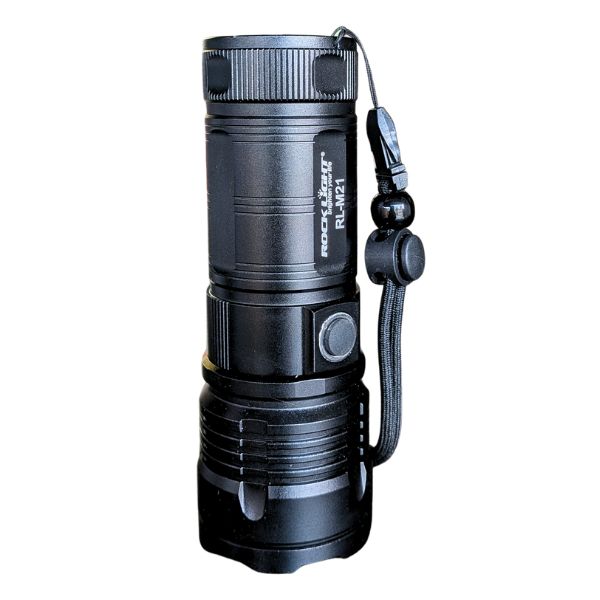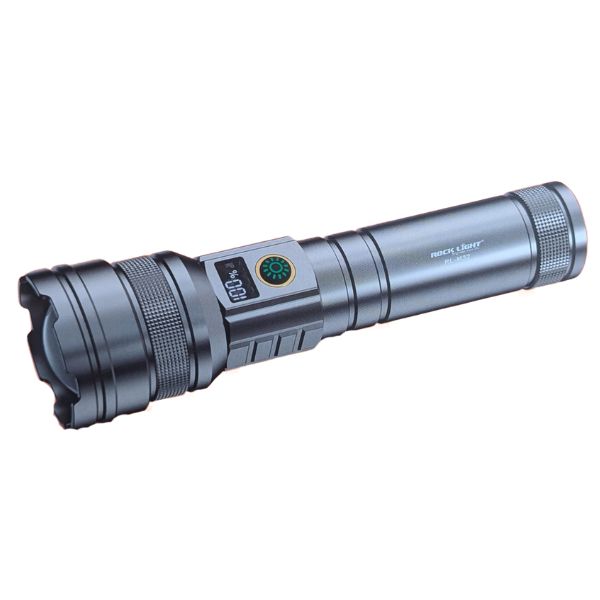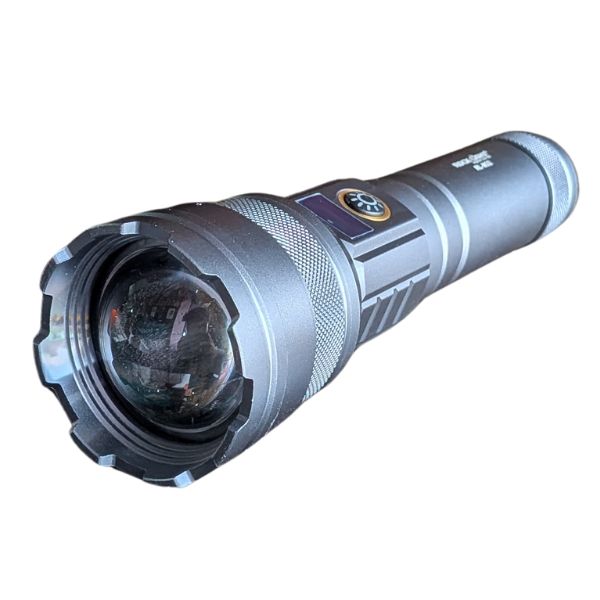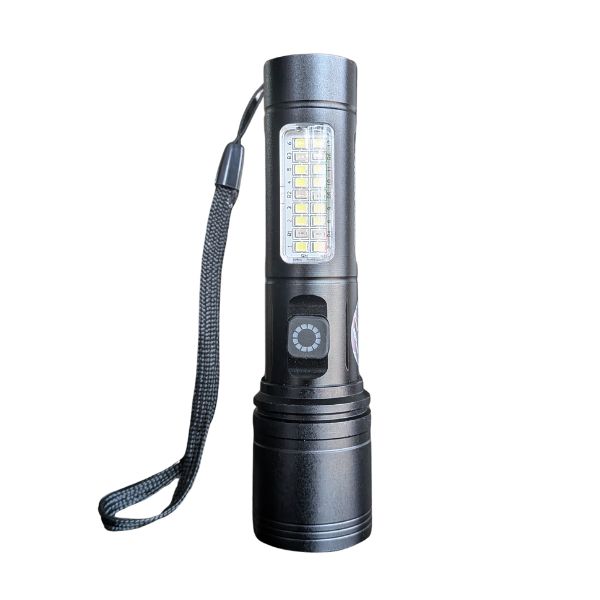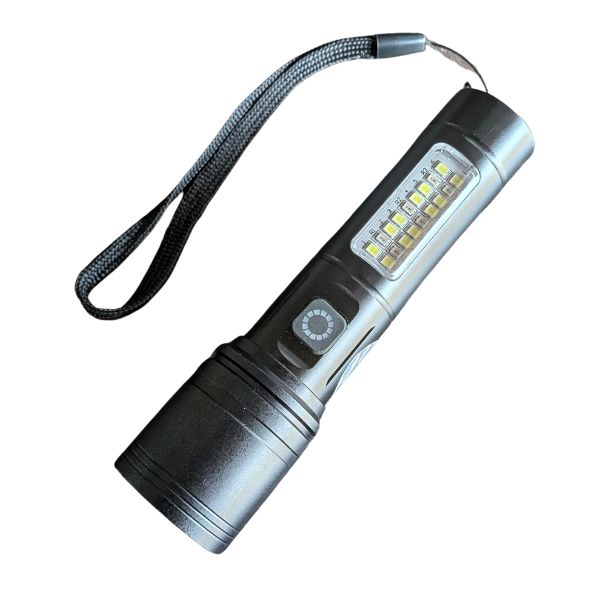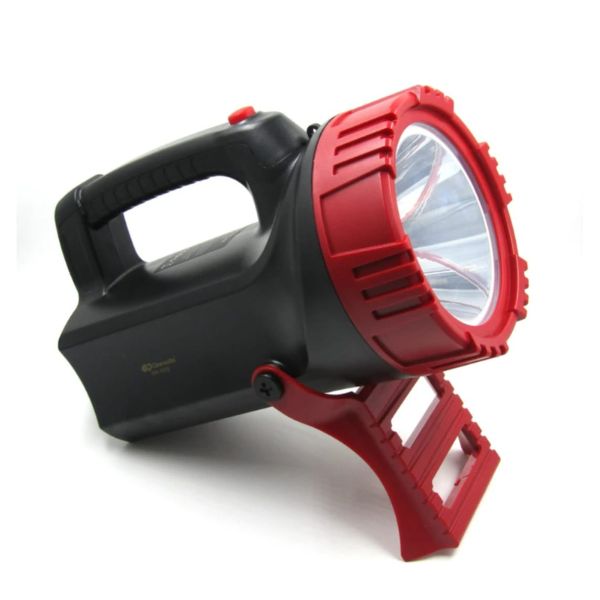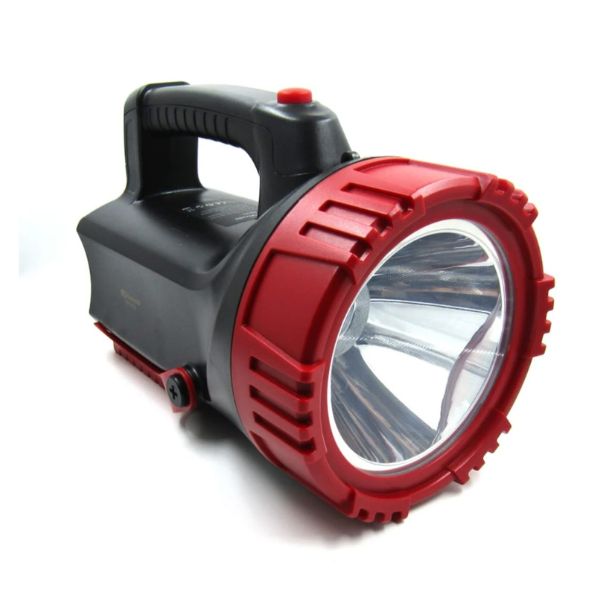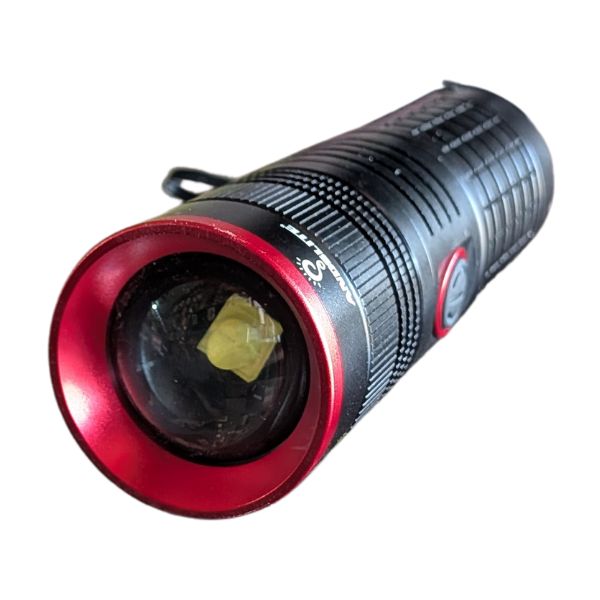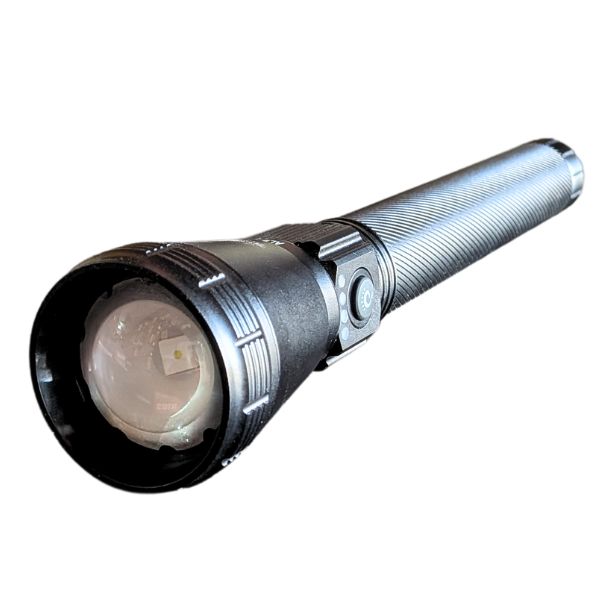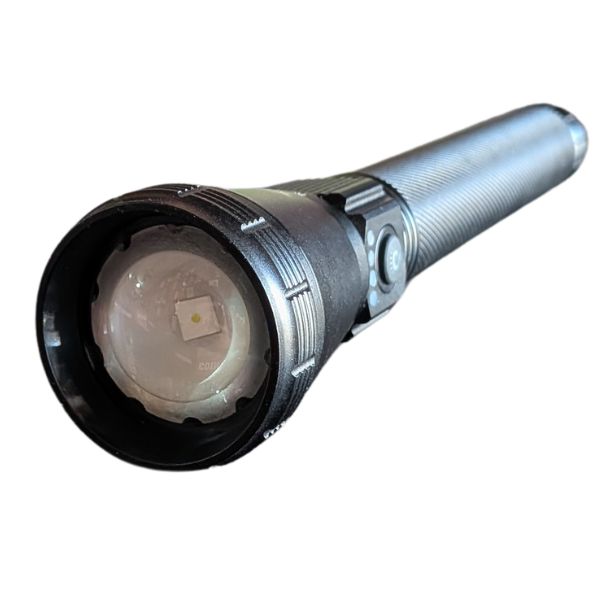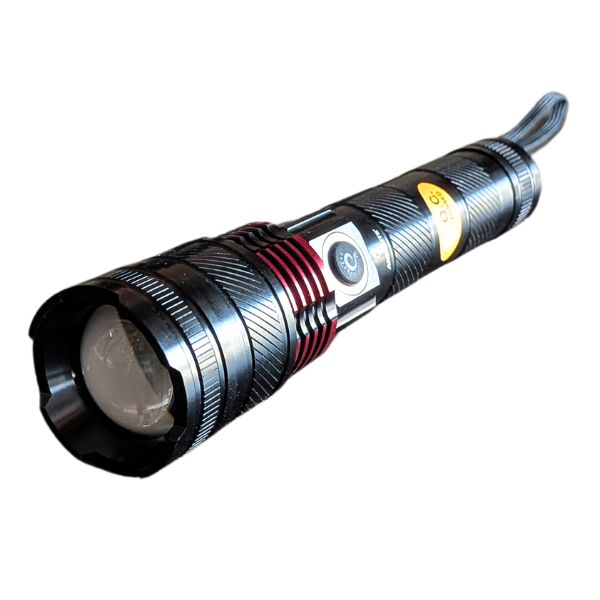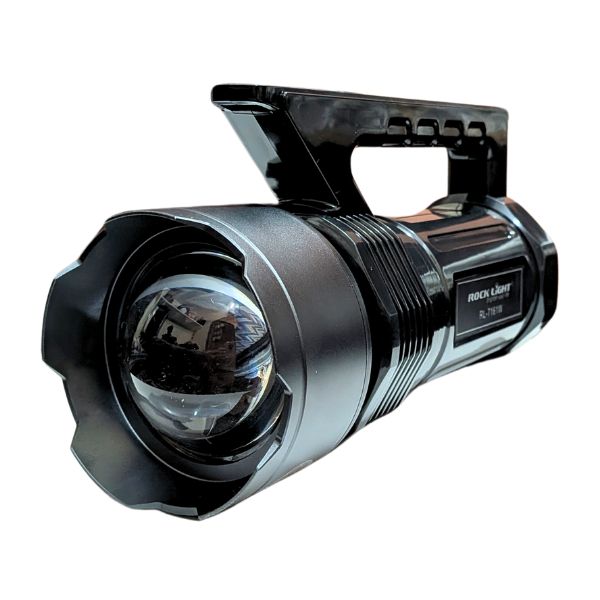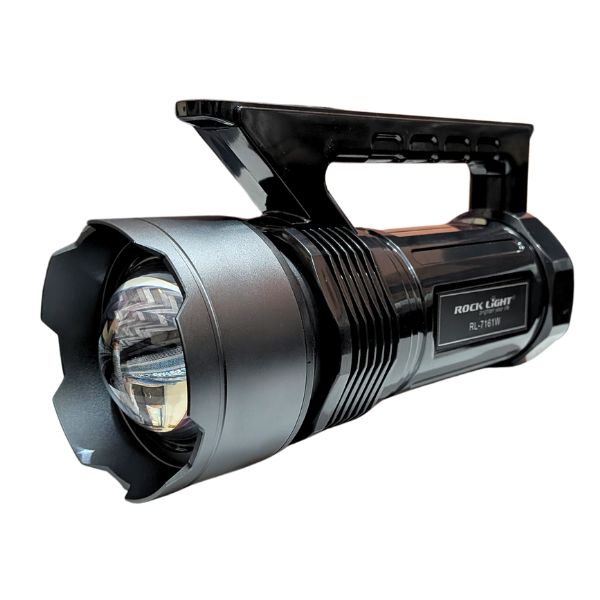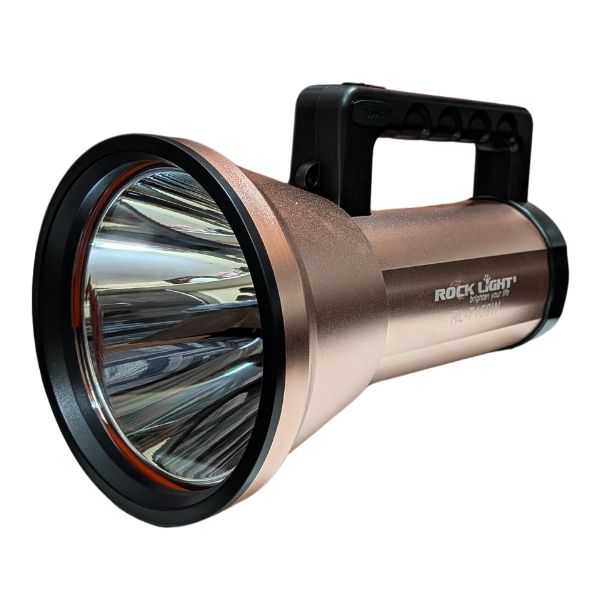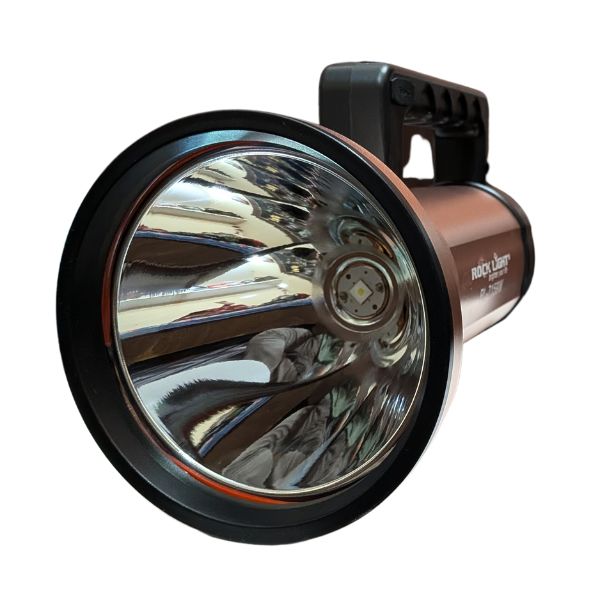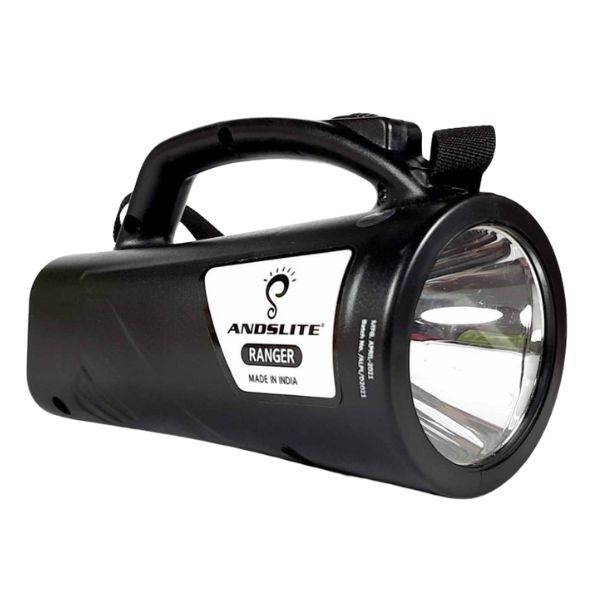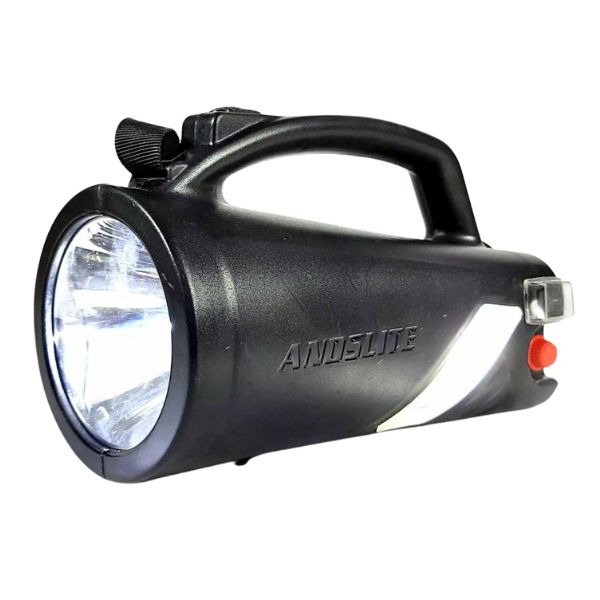Rock Light RL-M26 LED Aluminium Body Torch Light
Rated 0 out of 5
MZ M036 Zoomable LED Metal Torch Light
Rated 0 out of 5
Rock Light RL-M05 LED Aluminium Body Torch Light
Rated 0 out of 5
Eveready Hybrid DL 142 Torch Light
Rated 5.00 out of 5
(1)
MZ M931 Metal Zoomable 5 Mode Flashlight Torch Light
Rated 0 out of 5
MZ M920 Metal Zoomable 5 Mode Flashlight Torch Light
Rated 0 out of 5
Rock Light RL-M01 Aluminium Zooming 5 Modes Torch Light
Rated 5.00 out of 5
(1)
Rock Light RL-7164W 3 KM Range Full Metal Body Torch Light
Rated 5.00 out of 5
(2)
Rock Light RL-M21 Aluminium LED Torch Light
Rated 5.00 out of 5
(1)
Rock Light RL-M32 Aluminium LED Torch Light
Rated 5.00 out of 5
(2)
Rock Light RL-M27 LED Aluminium Body Torch Light
Rated 4.67 out of 5
(3)
Domoda DM-2635 3 KM Range Big Size Torch Light
Rated 4.67 out of 5
(3)
Andslite ALMT 03 Zooming Metal Torch Light
Rated 5.00 out of 5
(2)
Andslite ALMT 02 Zooming Metal Torch Light
Rated 4.50 out of 5
(2)
Andslite ALMT 01 Zooming Metal Torch Light
Rated 5.00 out of 5
(1)
Rock Light RL-7161W 3 KM Range Zooming Metal Torch Light
Rated 5.00 out of 5
(3)
Rock Light RL-7159W 3 KM Range Aluminium Torch Light
Rated 5.00 out of 5
(3)
Andslite Ranger LED Torch Light
Rated 4.67 out of 5
(3)
Load more products
Loading...
A flashlight is often called a torch in some countries, is a portable, handheld electric light source. It primarily consists of a light bulb, battery, and a switch, housed within a casing that is designed to be sturdy and easy to grip. The invention of the flashlight revolutionized the way we access and use light, providing a convenient and reliable source of illumination independent of fixed light sources.
Design and Components
Casing: The casing of a flashlight is typically cylindrical and made from durable materials such as aluminum, plastic, or stainless steel to protect the internal components from damage and provide water resistance. The design may also include features like a textured grip to prevent slipping, a wrist strap for easy carrying, and sometimes, a bezel around the light bulb for added protection against impacts.
Light Source: Early flashlights used incandescent bulbs, which produce light by heating a thin wire filament until it glows. However, modern flashlights are more likely to use LED (Light Emitting Diode) technology because LEDs are more energy-efficient, have a longer lifespan, and are more durable than traditional bulbs. Some high-end models may feature adjustable focus or multiple light modes, such as high, medium, low, strobe, and SOS for different situations.
Battery: Flashlights can be powered by various types of batteries. Disposable batteries such as AA or AAA are common, but many models now use rechargeable batteries like lithium-ion, which can be recharged through a USB connection or a specific charger. The choice of battery impacts the weight, size, runtime, and brightness of the flashlight.
Switch: The switch, which can be a push-button, slide, or rotary type, is used to turn the flashlight on and off and often to select different lighting modes. It is strategically placed for easy operation, typically at the end cap or side of the flashlight.
Reflector and Lens: A reflector surrounds the bulb to direct and focus the light, enhancing the efficiency and brightness. The lens, usually made from plastic or hardened glass, protects the light source and can also influence the focus of the light beam. Some flashlights offer adjustable focus to switch between a wide flood beam and a narrow spot beam.
Types of Flashlights
Flashlights come in various sizes and for different uses:
Everyday Carry (EDC): Compact and lightweight, these flashlights are small enough to fit in a pocket or on a keychain and are designed for routine tasks or emergencies.
Tactical: Designed for law enforcement, military, and self-defense, these flashlights are extremely durable, with a strong, focused beam and sometimes include features like strobe mode or a hardened bezel for breaking glass.
Headlamps: Worn on the head with a strap, freeing up the hands for activities like camping, climbing, or working in dark spaces.
Specialty Flashlights: This category includes dive flashlights, which are waterproof and designed for underwater use; UV flashlights for detecting fluorescent materials; and infrared models used by some security forces.
Technological Innovations
Modern flashlights offer a variety of technological advancements:
Adjustable Output: Many flashlights allow the user to adjust the brightness output according to their needs, which can help conserve battery life.
Rechargeable Systems: With the advent of USB charging, flashlights can now be recharged just like smartphones. Some models even offer solar charging panels for off-grid use.
Smart Features: Some advanced models can include Bluetooth connectivity to monitor battery levels or adjust settings via a smartphone app, and even GPS functionality for location tracking.
Uses and Importance
The utility of flashlights extends far beyond simple household use. They are essential for emergency responders and military personnel who rely on them for visibility in critical situations. Outdoor enthusiasts value flashlights for their portability and robustness in unpredictable environments. Moreover, they are a crucial component of emergency kits during power outages or natural disasters.
Flashlight remains a pivotal tool in many areas of life. Its evolution from simple hand-held torches to sophisticated, multi-functional devices demonstrates a trajectory of technological progress aimed at enhancing convenience, efficiency, and safety in accessing portable light. The continuous improvements in battery technology, durability, and light output ensure that the flashlight will remain an indispensable tool for various applications, from daily chores to complex rescue operations.








